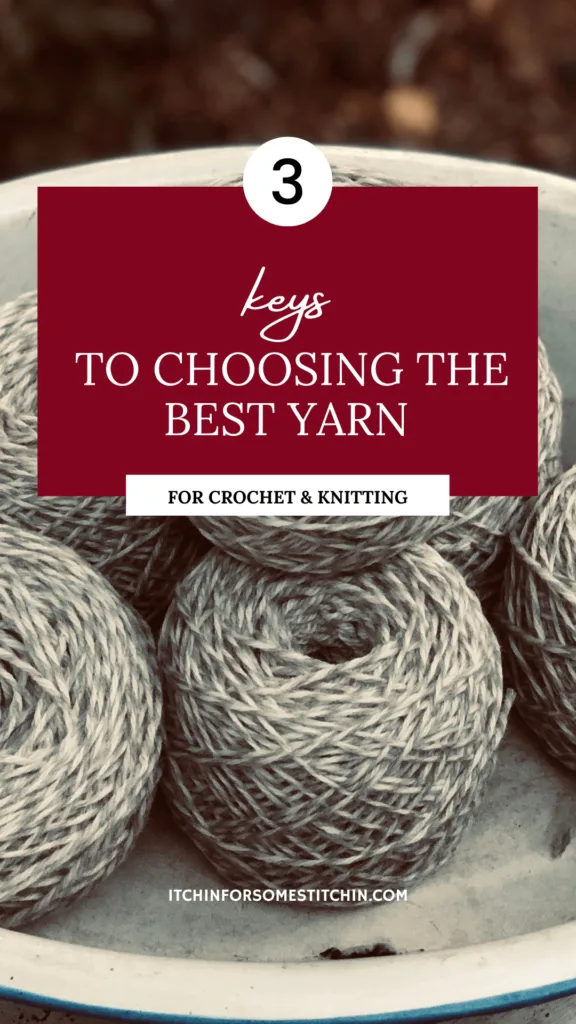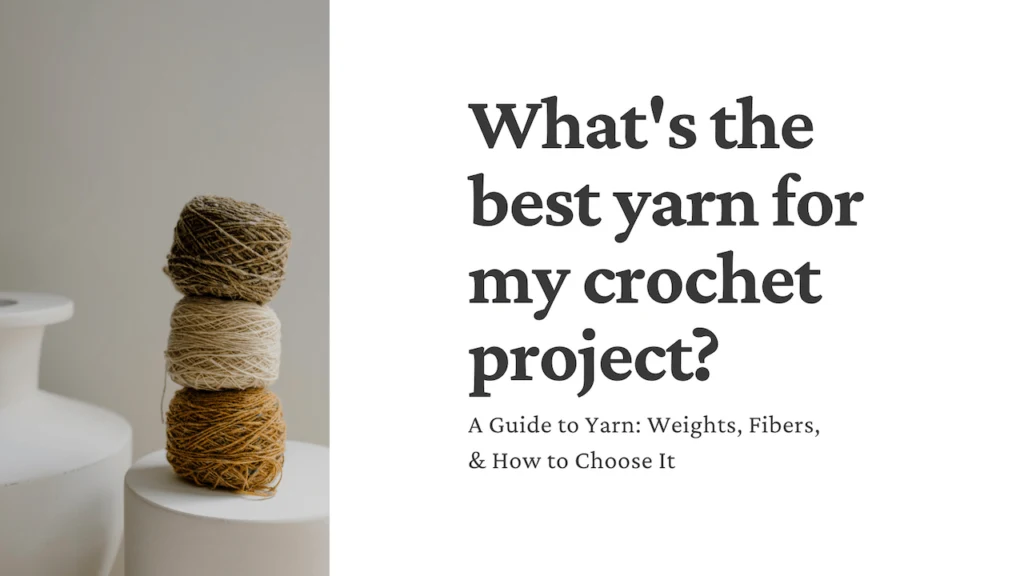
This guide is designed to help you gain a better understanding yarn fibers, yarn weights, and yarn labels. And why they are essential to helping you choose the best yarn for your crochet or knitting projects!
Yarn Guide: How to Choose the Best Yarn for Your Crochet Project
You’ve found the perfect crochet project – finally.
Now it’s time to decide on the perfect yarn.
As a crocheter you probably fall into one of these three categories.
- You’re creating your own design, but don’t know yet what yarn you want to use.
- You’re crocheting from a pattern, but don’t have or want to use the recommended yarn.
- You don’t have a pattern, but want to crochet something.
I’ve fallen into all three of these categories at some point along my crochet journey.
And I’ll admit, at each point, I’ve had times when I literally sat on my couch stumped trying to figure out what yarn I should use.
But, believe it or not, choosing the right yarn for your project isn’t as intimidating or as tricky as it might seem.
Let’s break it down.
There are three “keys” to deciding which yarn to use for a particular crochet project.
These are the three things you must understand about yarn in order to make the best choice for what you want to work up.
Key Things to Understand When Deciding What Yarn to Use
I am going to go over each “key” in depth, but for now, let’s just highlight what they are.
- Yarn Weights
- Yarn Fibers
- Yarn Labels
What is Yarn Weight?
If you are new to crochet than you might not know that yarn comes in multiple “weights” – which has to do with the thickness of the yarn.
The thickness of a particular yarn is influenced by both the fiber content and the number of plies.
We’ll discuss fiber content in a minute, but first…
What is a Ply?
In the yarn world a ply (pl. plies) is essentially a strand or layer of fiber.
These plies are spun together interlocking the fiber layers to create thicker strands.
For instance, a four-ply (4ply) yarn, which has four strands spun together, will be double the thickness of a two-ply (2ply) yarn (of the exact same fiber content) because it has only two strands spun together.
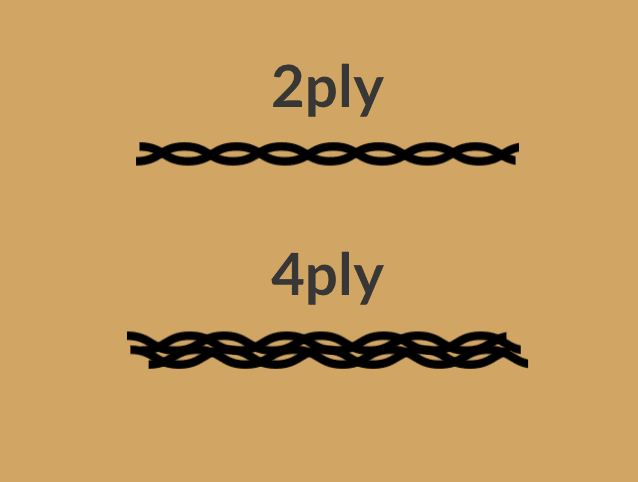
Ply is only one yarn characteristic, but it is an important one as the number of plies has a tremendous effect on the final yarn product. It not only affects the drape and the general feel or texture of the yarn, but also its durability.
Multi-plied yarns are more durable and less susceptible to pilling (this is when small firm balls of lint form on the surface of fabrics). It even affects the color as more plies typically means a darker shade.
Where Does Fiber Come In?
To answer this, let’s first get an understanding of the different fiber types.
In general, yarn fibers fall into three main categories.

And guess what? Each of these different types of fibers has its own unique qualities.
There is variety even within a fiber type!
Wool from one breed of sheep will be different from another, there is a difference between mulberry or tussah silk, and fibers from different alpacas are not exactly the same.
This means that fiber content greatly affects the properties of yarn.
Different fiber types influence yarn texture. For instance, some fiber types create smoother yarns, others create more uneven yarns, and some even create hairy yarns.
Some fiber types are strong while others are more fragile. This means that some yarns will break more easily while crocheting.
Fiber content even affects the overall appearance of the yarn, including, color, luster, and fluffiness.
And, of course, each fiber type can vary in thickness.
Which means that a single-ply yarn made from one fiber type may be thicker or thinner than a single-ply yarn made from a different fiber type.
Combined with today’s advances in spinning techniques, this means that a four-ply yarn can be heavy or medium weight, and single-ply yarns with just the one thread can be anything from super thin to super chunky… or anything in between.
It all depends on the fiber content!
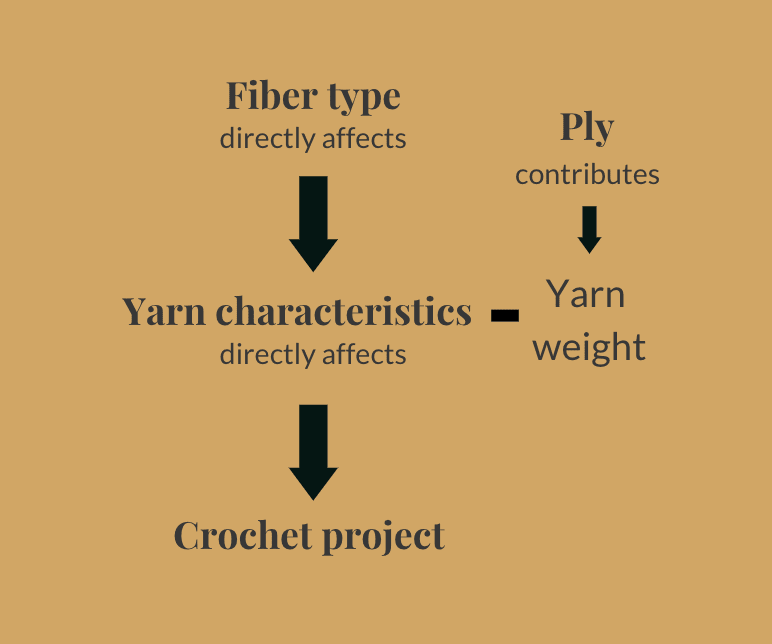
Are you starting to understand why fiber content is an important factor in determining the perfect yarn for your project?
I thought so.
More about yarn weights.
You should now understand a bit more about two “keys” – yarn weight and yarn fiber content.
Both of these factors influence the overall yarn product, which in turn influences your crochet project.
In other words, certain yarn weights and yarn fiber contents work better for certain crochet projects. Yet, other yarn weights and fiber contents are more suitable to different crochet projects.
Make sense?
Let’s dive deeper into yarn weights.
One of the mistakes I made as crochet beginner was thinking that that a four-ply yarn was “heavier” than a two-ply yarn.
But that’s not necessarily true.
As discussed earlier, fiber content actually plays a significant role in determining yarn weight.
Fortunately, the Craft Yarn Council of America developed a Standard Yarn Weight System so that everyone in the world can understand exactly how thick or thin a yarn is.
You can download my version of the chart below for free.
And once you know how thick or thin a yarn is, you can determine if that particular weight suits the crochet project you have chosen to make.
Then you can move onto deciding which fiber types work best for your project as well.
I find it best to follow the process of elimination.
First, if you already have a pattern, you should look for a substitute that is the same weight and of similar fiber content as the designer’s recommended yarn.
However, if you’re crocheting from a pattern, but don’t have or want to use the recommended yarn or if you don’t have a pattern at all and simply want to crochet something, then you need to think about your chosen project and ask yourself some essential questions.
Is this project for warmer or colder weather?
This is great first question to ask!
For instance, if your project is for spring or summer then a thinner, lighter weight yarn is probably going to be most suitable.
If it’s for fall or winter then it might be best to look for a heavier weight yarn.
Take a look a the Standard Yarn Weight Chart i’ve provided as a free download above.
This will give you some idea of what yarn weight(s) to look for when picking a suitable yarn for your chosen project.
Think about fiber content.
Do you need a yarn that will provide warmth or one that won’t add heat ?
For warmth, you may want to go with wool, alpaca, or even one of the synthetic fibers like acrylic.
If you need a lightweight yarn then you could try cotton or linen.
Do you want a fluffy result?
Mohair or angora would be great choices!
Rather have a smoother look?
Try plant or synthetic fiber based yarns.
Do you see where I am going with this?
Take a look at the free download chart below.
It provides a summary of the pros & cons of some common fibers used in yarn as well as few project suggestions.
Other things to consider.
After you have a general idea of the yarn weight(s) & yarn fiber content that would work for your project, it’s time to take into account yarn availability, your personal preferences, and your budget.
Keep doing the process of elimination taking all these factors into account until you find the best yarn for your project!
The final key.
Yarn labels
Once you have your yarn weight(s) & possible fiber content(s) in mind, the next step is to determine if a particular yarn has the properties you’re looking for.
Good thing each skein of yarn comes with a label!
On this label you will find both the yarn’s weight and fiber content.
It’s worth noting that most yarn manufacturers actually blend both natural and synthetic fibers. This is done to create yarns with specific desirable characteristics such as softness, luster, fluffiness, or sheen.
That means understanding yarn labels is particularly important if you are trying to find an acceptable yarn substitute to a designer’s recommended yarn.
That’s because the yarn label provides a breakdown of all the fibers and the amounts found in a specific skein or yarn.
For example, in the yarn label below, we can see that this skein of yarn is a medium 4 weight. We can also see that it is made up of 97% acrylic and 3% viscose.
This means this particular skein of yarn falls mostly in the “synthetic” category. Yet, not entirely so because viscose is considered “semi-synthetic” as it is created from wood pulp.
Can you see how important understanding the yarn label can be when trying to pick the right yarn for a crochet project?
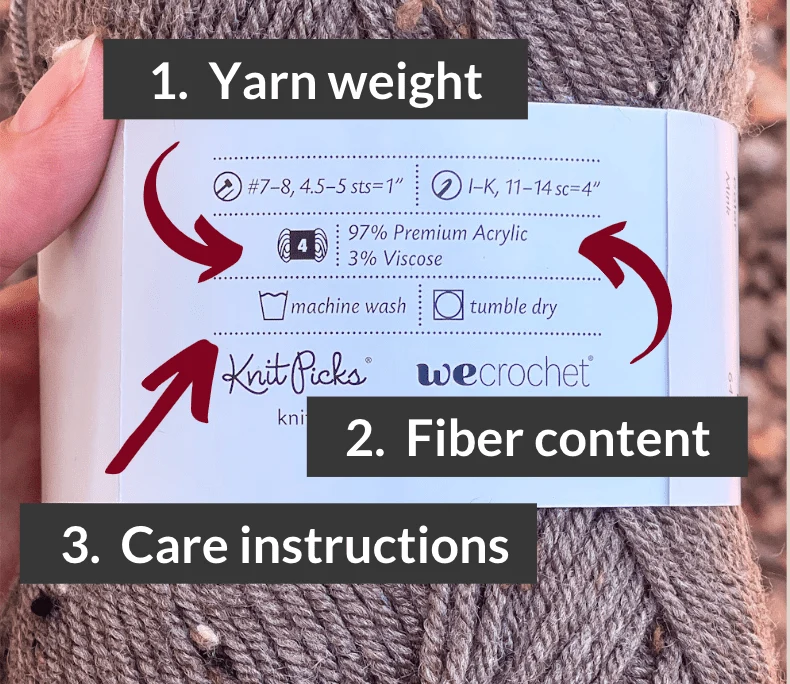
In addition to some other valuable information, you’ll also find the yarn’s care instructions, which is often another important determining factor!
The yarn label literally provides all the information you need to know about your chosen yarn.
Combined with a clearer understanding of yarn weight & fiber content, it is essential to helping you decide the best yarn for your project!
Choosing the best yarn summary
Okay, so that’s a lot of information. Let’s summarize.
There are 3 essential “key’s to picking the right yarn for your crochet or knitting project.
They include: yarn weight, yarn fibers, and yarn labels.
Step 1.
You must gain an understanding of these 3 keys to make the absolute best yarn choice.
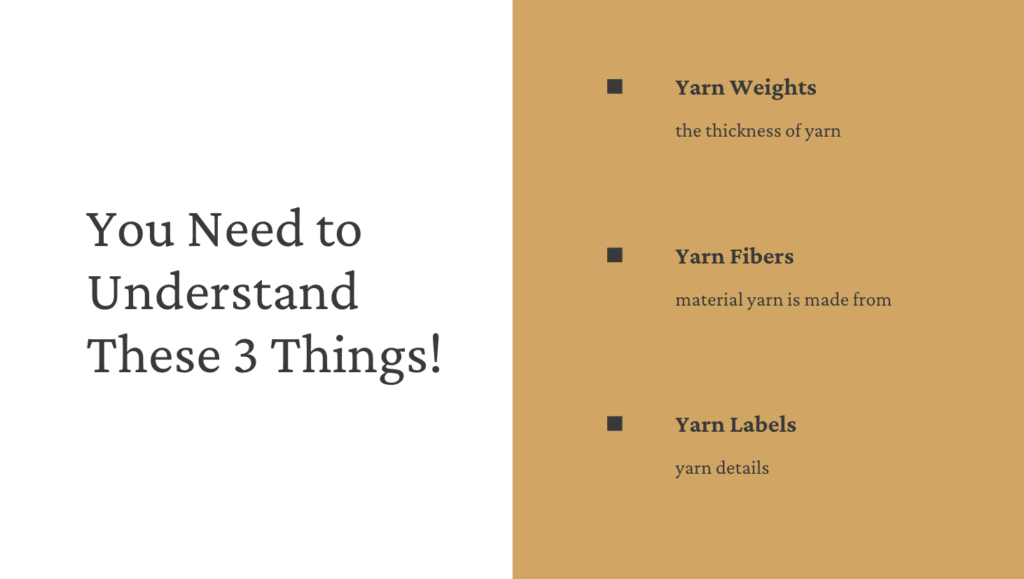
Once you understand these keys, you can use your knowledge combined with the process of elimination to determine if a particular yarn is the best fit for the crochet or knitting project you have chosen.
Step 2.
Ask yourself some essential questions about your chosen project. I find it best to start with determining whether your project is for colder or warmer weather.

Step 3.
Consult yarn labels. Yarn labels are where you will find all the information you need to know about a skein of yarn. Thus, it is vitally important in determining if a particular yarn has the properties you want for your crochet project.
Step 4.
Ask yourself any other necessary questions.
Here are just a few examples:
- Is this yarn within my budget?
- Is this yarn available locally or do I need to purchase it online?
- If I have to purchase this online, will it arrive in time for me to complete my project?
- Does this yarn come in the colors I want?
- If creating a garment, will this yarn give me the right texture? (i.e. will it feel good on my skin?)
If a particular yarn doesn’t match all the criteria you need, simply eliminate it as a choice. Then move on to another yarn, and start with steps 2 – 4 again.
It’s that easy!

Thank you!
I sincerely appreciate you visiting my blog! By sharing my content and/or making a purchase you are making it possible for me to continue producing and sharing free content for everyone to enjoy. I sincerely appreciate your support!
